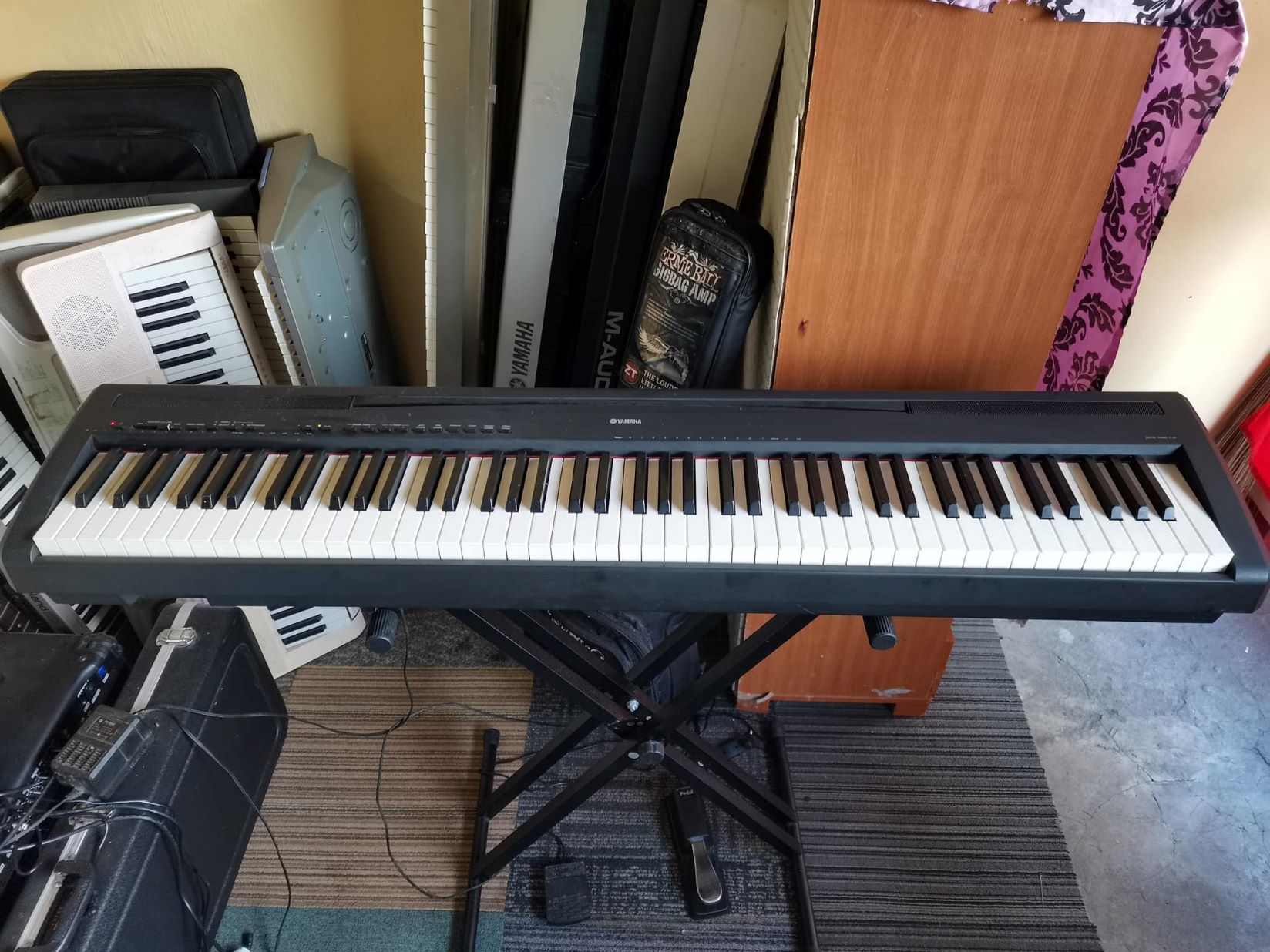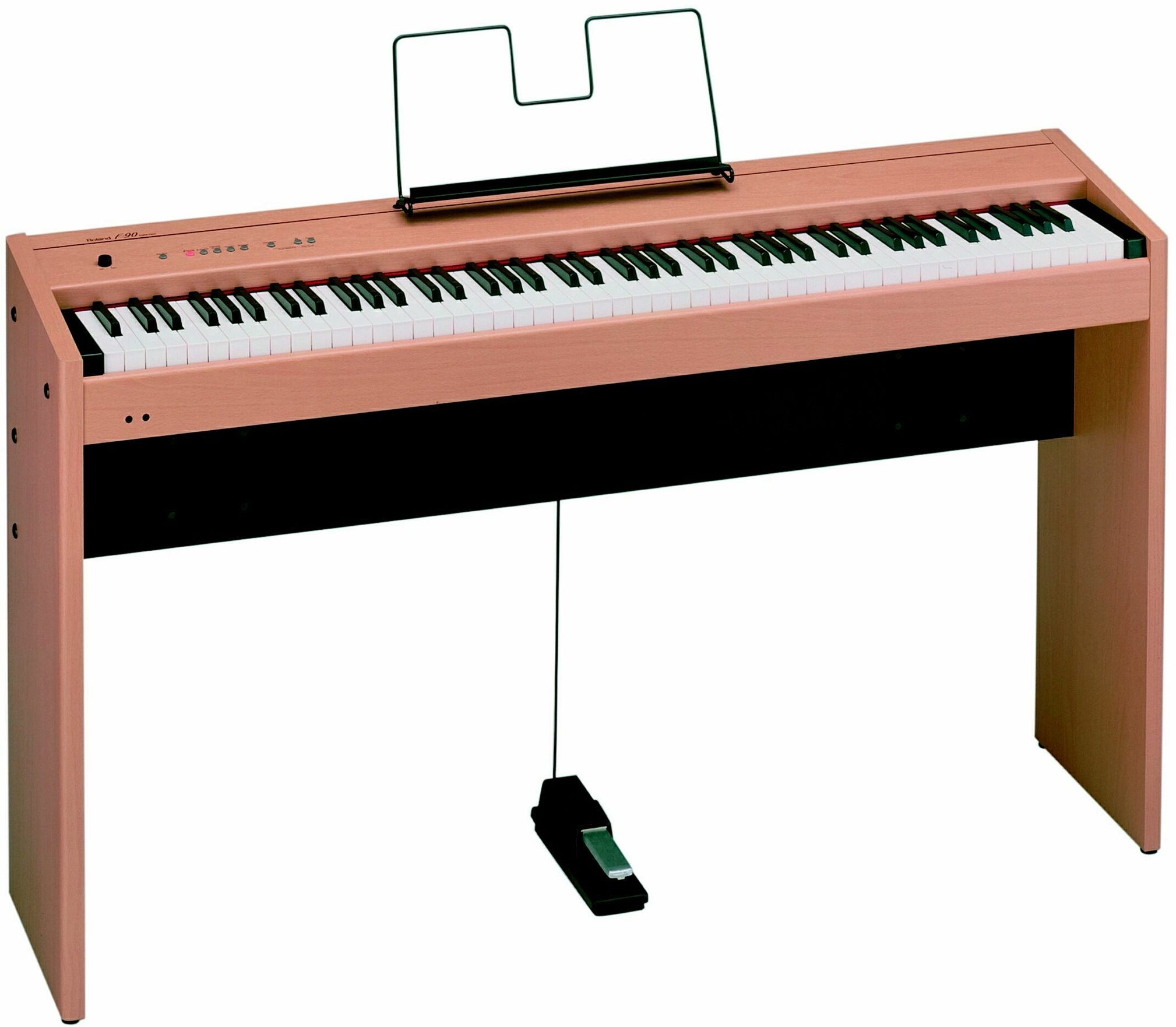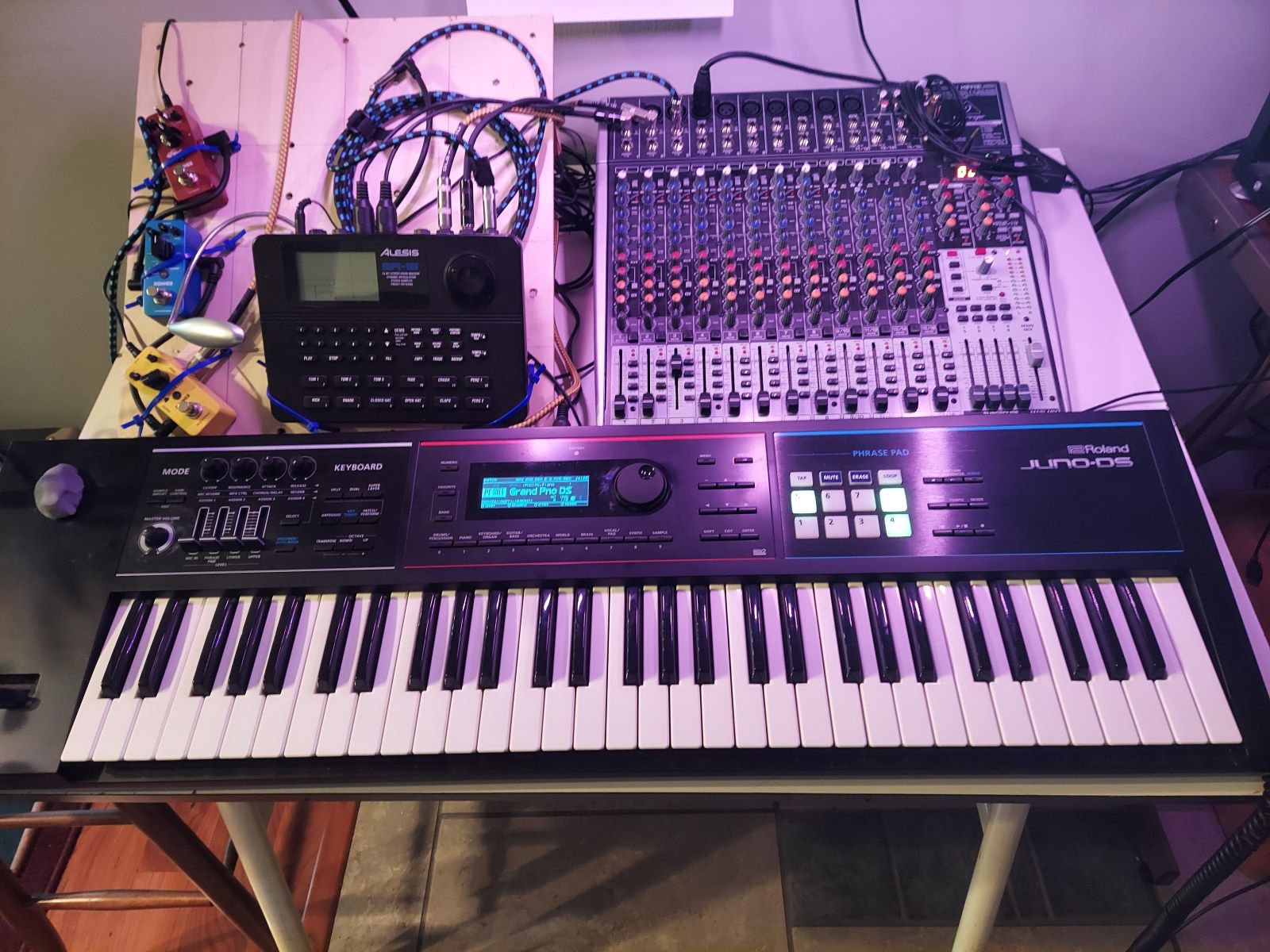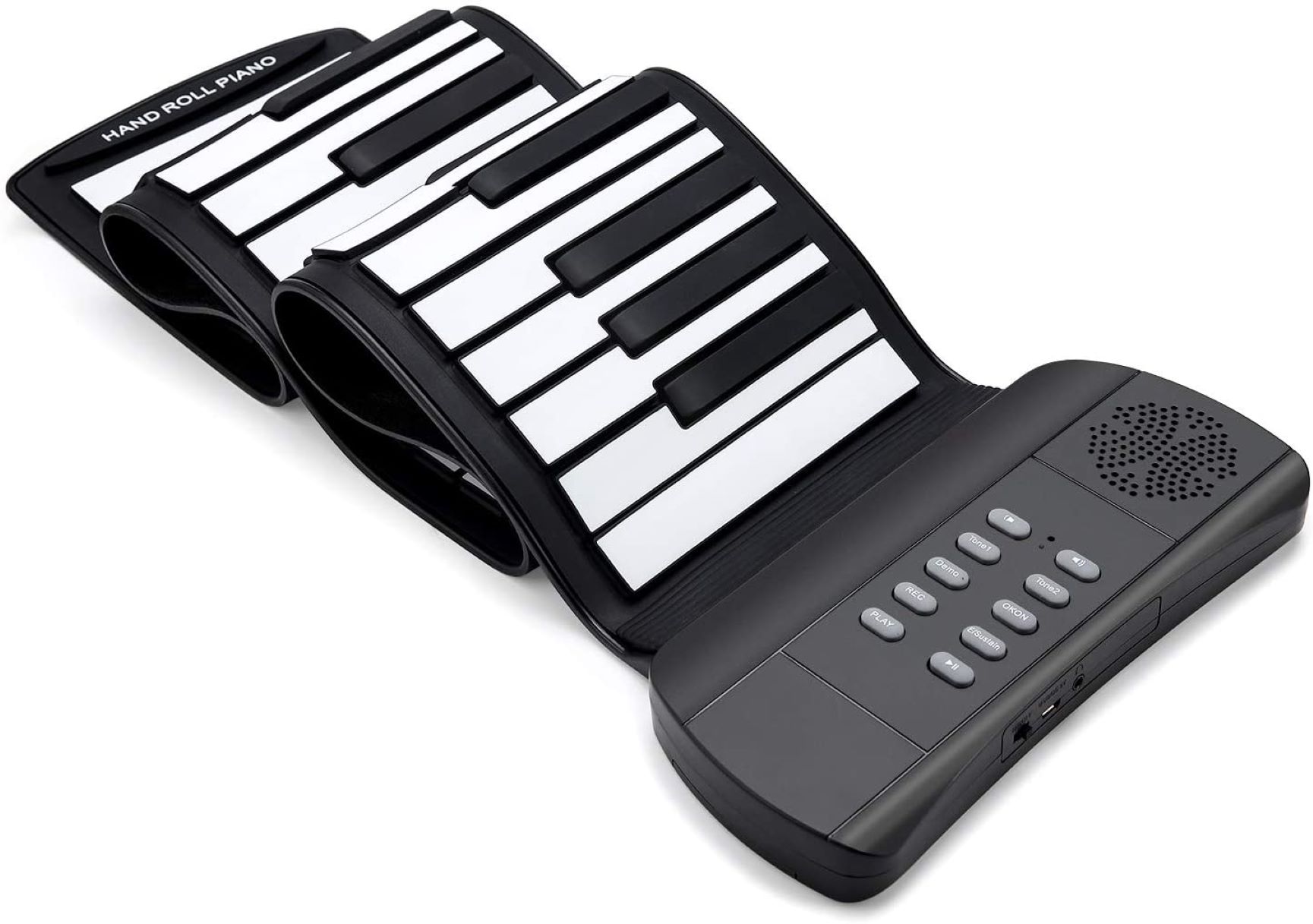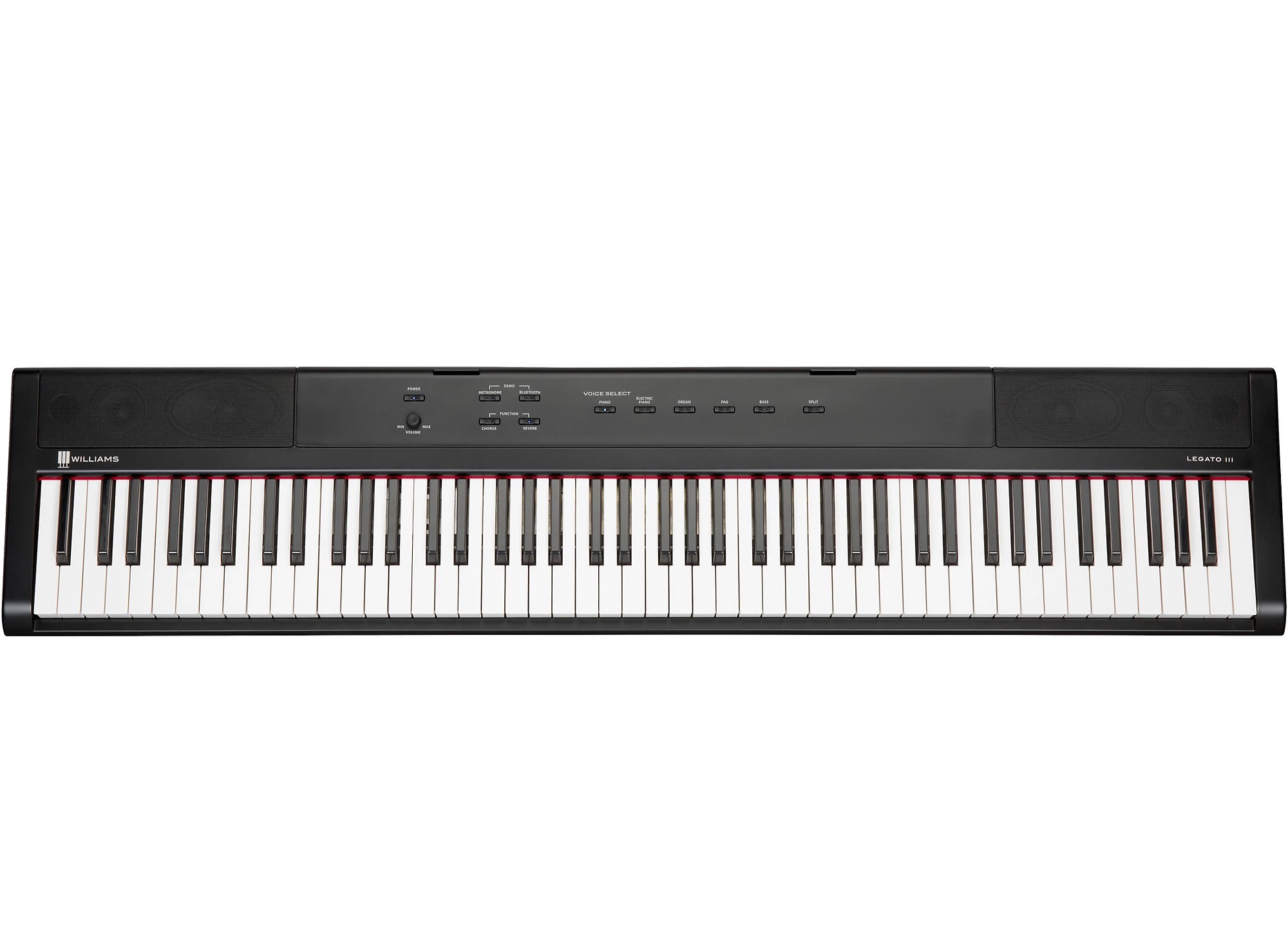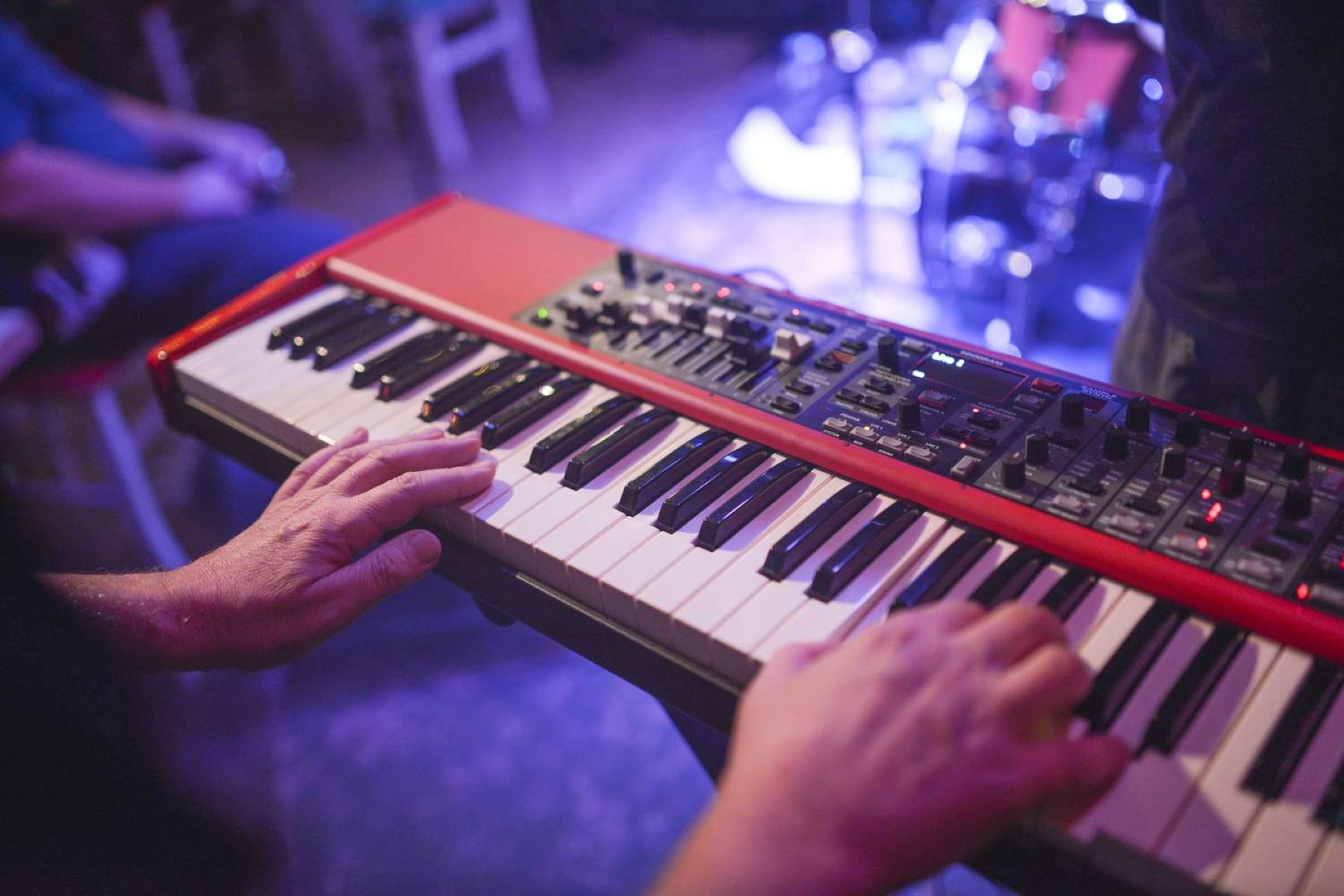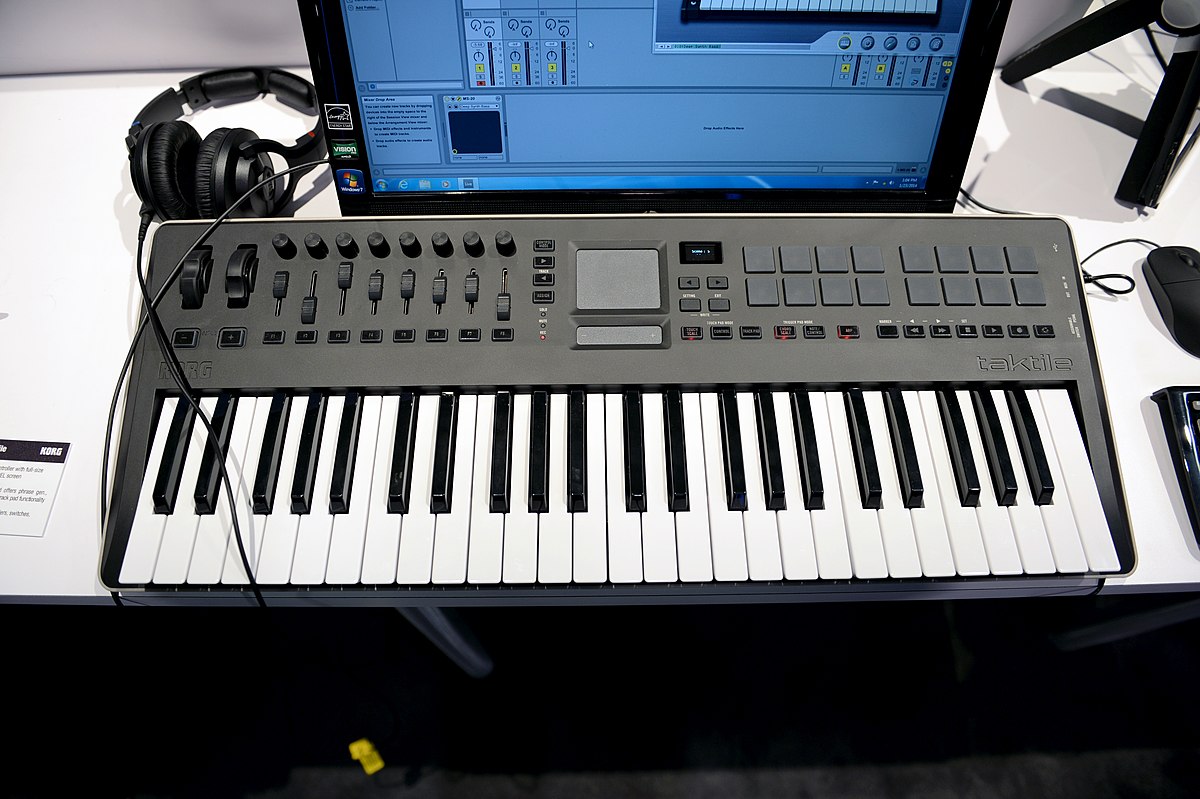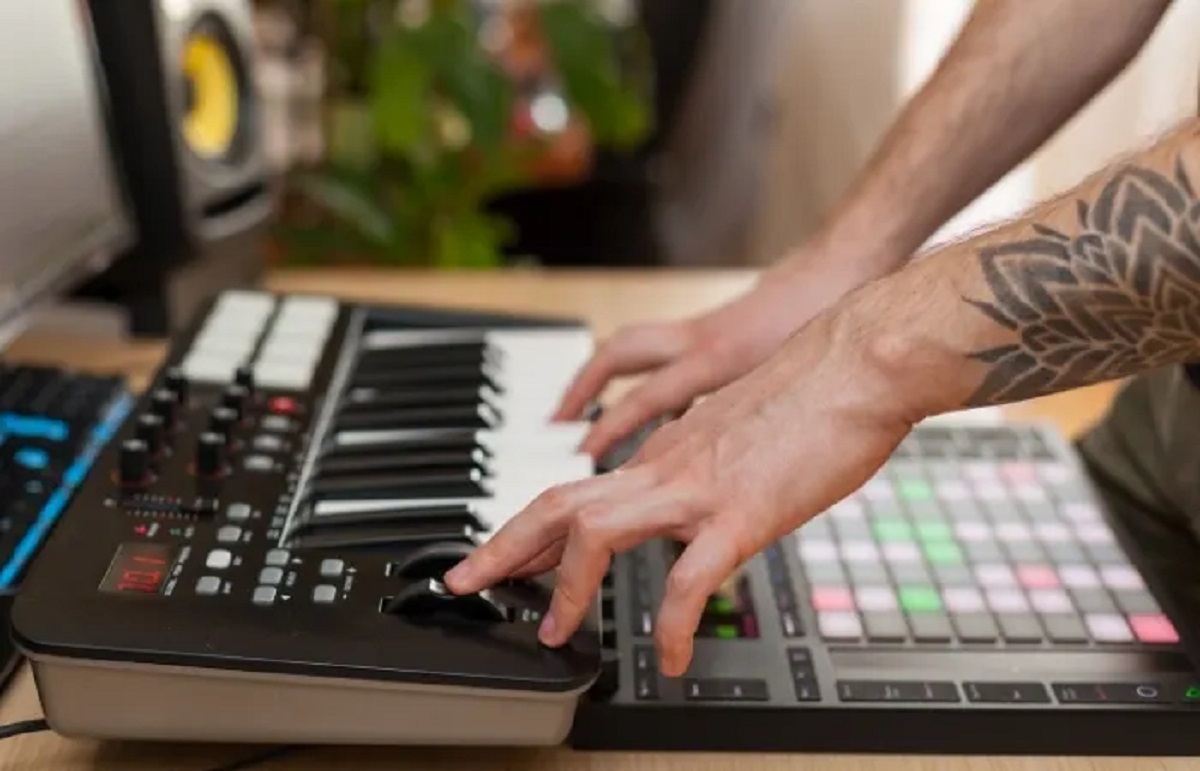Introduction
Playing the piano is a rewarding experience, but it can be challenging to maintain a steady rhythm, especially for beginners. Digital pianos come equipped with various features to assist musicians in honing their skills, and one such feature is the beat function. This feature emulates the role of a metronome, providing a rhythmic pulse to help players stay in time and develop a consistent tempo.
Understanding how to effectively utilize the beat feature on a digital piano can significantly enhance a pianist's performance. Whether you are a novice or an experienced player, integrating this tool into your practice sessions can elevate your musical abilities and overall enjoyment of playing the piano.
In this guide, we will delve into the intricacies of the beat feature, exploring its functionalities and practical applications. By the end of this article, you will have a comprehensive understanding of how to leverage this tool to enhance your piano playing skills and elevate your musical performances. Let's embark on this journey to unravel the potential of the beat feature on a digital piano.
Understanding the Beat Feature
The beat feature on a digital piano serves as a virtual metronome, providing a rhythmic pulse to aid in maintaining a consistent tempo while playing. This function is invaluable for musicians of all levels, as it helps develop a strong sense of timing and rhythm, essential elements for musical proficiency.
Most digital pianos offer a range of time signatures and beats per minute (BPM) options, allowing users to customize the beat to suit their specific practice needs. Common time signatures include 2/4, 3/4, and 4/4, catering to various musical styles and genres. Additionally, the BPM setting enables pianists to adjust the tempo according to their skill level and the complexity of the piece being practiced.
By internalizing the beat feature, pianists can improve their internal sense of rhythm, leading to more controlled and precise performances. It also facilitates the development of muscle memory, enabling players to execute complex passages with accuracy and fluency. Moreover, the beat feature fosters a deeper understanding of musical structure and phrasing, as it encourages players to align their playing with the underlying pulse.
Understanding the nuances of the beat feature empowers pianists to internalize rhythm and tempo, ultimately refining their musical expression and performance. As we delve deeper into harnessing this feature, its significance in shaping a pianist’s musical prowess becomes increasingly evident.
Setting the Beat
Setting the beat on a digital piano involves customizing the tempo, time signature, and other relevant parameters to align with the piece being practiced. This process varies slightly depending on the model of the digital piano, but the fundamental steps remain consistent across most devices.
Begin by selecting the desired time signature, which dictates the number of beats in each measure and the type of note that receives one beat. For instance, in 4/4 time, there are four beats per measure, with a quarter note receiving one beat. This setting is suitable for many musical compositions and is a good starting point for practice sessions.
After choosing the time signature, the next step is to adjust the BPM to establish the tempo of the beat. This setting is crucial, as it determines the speed at which the beat pulses, directly impacting the pace of the music. Beginners may opt for a slower tempo to master new pieces, while advanced players might increase the BPM to challenge their technical abilities.
Some digital pianos offer additional features to enhance the beat setting, such as accent options to emphasize certain beats within a measure. These accents can aid in practicing complex rhythms and syncopated patterns, adding depth to the practice session.
Once the beat parameters are configured, the digital piano will produce a consistent rhythmic pulse, guiding the pianist through the piece and facilitating a structured practice environment. This feature empowers musicians to refine their timing and internalize the rhythmic nuances of the music, ultimately contributing to polished and expressive performances.
Mastering the art of setting the beat on a digital piano is pivotal in cultivating a strong sense of rhythm and tempo, laying the groundwork for musical proficiency and artistic interpretation. As we delve into the practical applications of the beat feature, its role in shaping a pianist’s musical journey becomes increasingly evident.
Using the Beat Feature in Practice
Integrating the beat feature into practice sessions on a digital piano offers numerous benefits for pianists seeking to refine their skills. Whether working on technical exercises, learning new repertoire, or honing ensemble playing, the beat feature serves as a steadfast guide, fostering discipline and precision in musical performance.
When practicing scales, arpeggios, and other technical exercises, the beat feature provides a consistent pulse, aiding in the development of evenness and control. By aligning each note with the rhythmic pulse, pianists can focus on achieving uniformity in articulation and dynamics, resulting in a more polished execution of these fundamental elements.
For learning new pieces, the beat feature acts as a reliable timekeeper, assisting in the gradual mastery of complex rhythms and intricate passages. It instills a sense of structure and organization, allowing pianists to navigate challenging sections with confidence and accuracy. Moreover, the beat feature encourages a disciplined approach to practice, as it prompts players to adhere to a steady tempo throughout the learning process.
When practicing ensemble music, the beat feature facilitates synchronized playing, especially when rehearsing with other musicians or recorded accompaniments. It promotes cohesion and unity, ensuring that all performers stay aligned with the established tempo, thus enhancing the overall musical collaboration.
Furthermore, the beat feature can be utilized creatively to explore different styles and interpretations of musical pieces. By adjusting the tempo and experimenting with various time signatures, pianists can imbue their performances with unique rhythmic nuances, adding depth and character to their playing.
Ultimately, integrating the beat feature into practice sessions cultivates a strong sense of rhythm, fosters precision, and nurtures a disciplined approach to musical development. As we explore practical tips for leveraging this feature, pianists will gain valuable insights into maximizing its potential for enhancing their playing and musical expression.
Tips for Getting the Most Out of the Beat Feature
Maximizing the benefits of the beat feature on a digital piano involves strategic and mindful utilization. By incorporating the following tips into practice sessions, pianists can harness the full potential of this tool to elevate their playing and musical proficiency.
- Gradual Tempo Adjustment: When tackling challenging pieces, start practicing at a slower tempo using the beat feature. As proficiency increases, gradually raise the tempo to build technical prowess and fluency in playing complex passages.
- Dynamic Beat Utilization: Experiment with different time signatures and BPM settings to explore the rhythmic diversity of musical compositions. Adapting the beat feature to suit various genres and styles enhances adaptability and musical versatility.
- Syncopated Rhythm Practice: Utilize the beat feature to master syncopated rhythms by setting accents on off-beats. This approach sharpens rhythmic precision and fosters a deeper understanding of complex rhythmic patterns.
- Expressive Phrasing: While practicing with the beat feature, focus on incorporating expressive phrasing and dynamics within the established tempo. This cultivates musical sensitivity and artistry, enriching performances with emotive depth.
- Ensemble Playing Simulation: When preparing for ensemble performances, use the beat feature to simulate playing alongside other musicians. This aids in developing a strong sense of ensemble awareness and fosters cohesive musical collaboration.
- Recording and Self-Assessment: Record practice sessions with the beat feature and review the recordings to assess rhythmic accuracy and overall performance. This self-assessment technique promotes continuous improvement and refinement of musical interpretation.
- Metronome-Free Practice: Occasionally practice without the beat feature to internalize the sense of rhythm and tempo developed through its consistent guidance. This cultivates independent rhythmic control and enhances musical intuition.
By implementing these tips, pianists can optimize their utilization of the beat feature, unlocking its potential to enhance technical proficiency, rhythmic precision, and expressive musical interpretations. Embracing a holistic approach to integrating the beat feature into practice sessions empowers musicians to elevate their playing and embark on a fulfilling musical journey enriched by rhythm and tempo.









